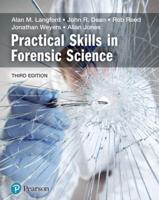Publisher's Synopsis
This book reports a series of electrochemical experiments where copper was corroded in the presence of various organic substances. Combining data from spectroscopy techniques, X-ray diffraction and mass spectrometry (including proteomics) the experiments demonstrate that copper-organic complexes can be formed during the corrosion of copper. The low solubility of copper-organic complexes in organic solvents and their amorphous nature mean that these compounds cannot be easily detected by one single analytical technique. This book benefits researchers investigating the presence of organic residues in archaeological copper corrosion and copper-organic complexes in art, where sampling is often subject to curatorial constraints.









